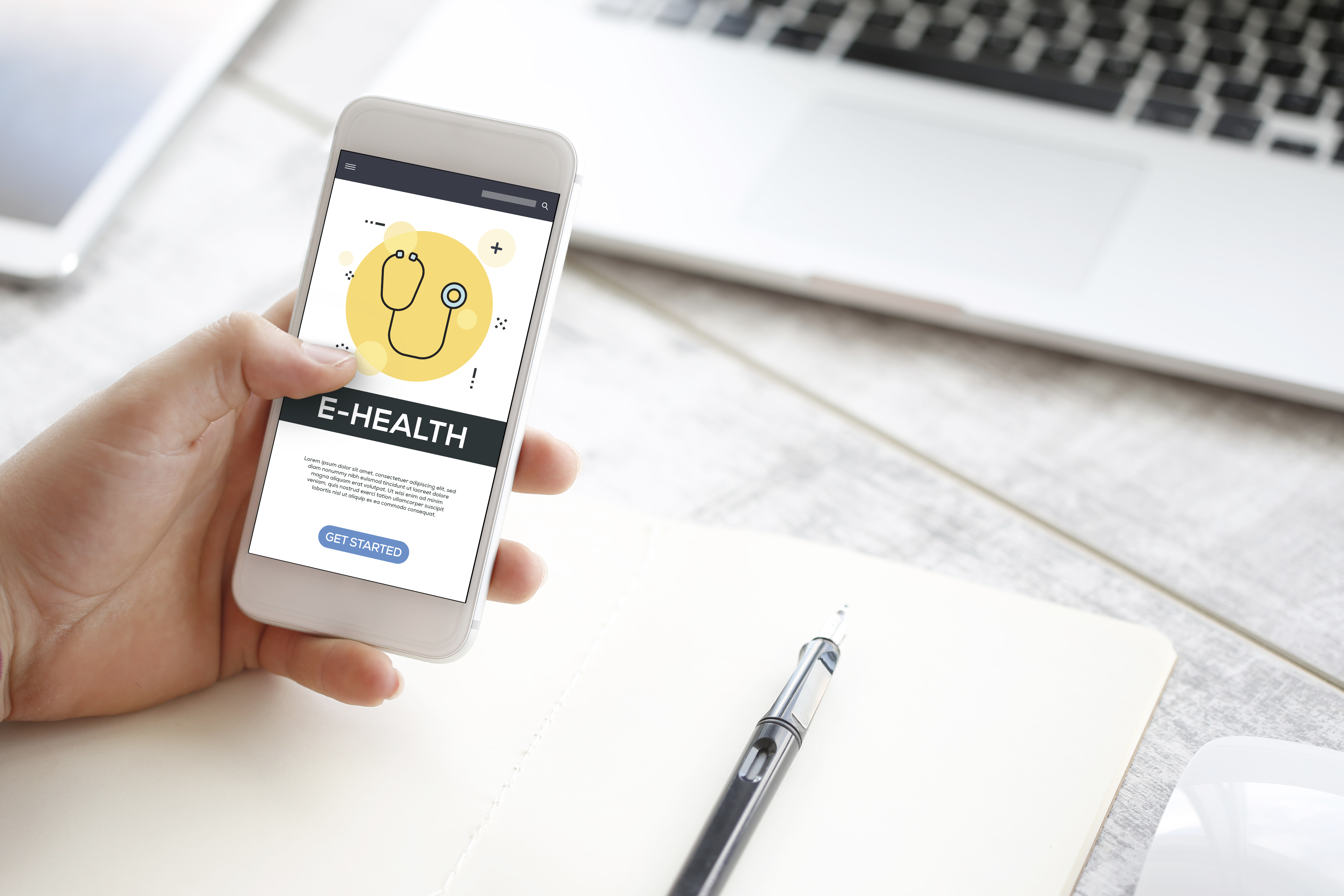Business Modules

Pharmacy tech diagnosis
In Business Modules
Bookmark
Record learning outcomes

How can digital technology improve pharmacy’s diagnosis of conditions, asks Katherine Ward…
We are surrounded by digital technology and expect answers and solutions at the touch of a button across all different scenarios. Arguably, healthcare has been behind the curve in this digital revolution but it appears to be rapidly catching up.
The NHS is increasingly looking for ways to make healthcare more accessible and is embracing digital health technology as part of this journey. In fact, the NHS long-term plan dedicates an entire chapter to ‘Making Better Use of Data and Digital Technology.’
As digital health expands so will pharmacy’s role, with patients signposted to their local pharmacists for advice, interpretation of results and diagnoses.
Digital health technology empowers patients to monitor their health and wellbeing and delivers a digital record that pharmacists can use to identify and diagnose conditions and ailments.
The data captures reliable and specific insight into patients’ health which may otherwise be overlooked by the patient when they describe symptoms – and aids pharmacy in pinpointing and delivering a more accurate diagnosis and relevant medication.
For example Dip UTI, developed by a team of leading health technology experts at Healthy.io, is an app and test kit that enables women to accurately test for a urinary tract infection (UTI) using their smartphone. The kit, which is being trialled in selected pharmacies, combines the traditional dipstick test used by GPs, a no-mess pop-up cup to collect a urine sample and an app with the latest scanning technology that is as clinically comparable to a laboratory digital analyser and a virtual nurse to talk users through the test.
Initially being trialled in pharmacies across London, Sheffield and Cardiff, Dip UTI allows pharmacists to offer the test kit to women who suspect they have a urinary tract infection and, through the PGD programme, provide a short course of antibiotics if the results are indicative of a UTI.
In the past a pharmacist would have had to refer the woman back to their GP but now thanks to digital health technology they can support patients there and then and provide the treatment they require.
In 720 checks, the Dip UTI test kit recorded an exact match in 99.64% of cases and the correct colour block in 100% so we can see the level of accuracy digital health technology delivers into the hands of the pharmacist or other healthcare professional.
There’s a huge range of health conditions that can benefit from the digital approach. For example, digital urine testing alone can support people with MS or kidney conditions to self-manage and identify UTI at early stages to prevent exacerbation and admission.
Pregnant women can benefit from home-based testing during their pregnancy and potentially pick up pre-eclampsia at early stages.
Patient convenience
Digital health technology creates convenience for patients. It reduces the need to visit a clinic, enables services to be delivered at a time and in a location convenient to the patient, reduces time and cost of travel and reduces the inconvenience of multiple visits for diagnostic or screening tests.
In line with the self-care agenda, it empowers patients to take responsibility and control of their own health and wellbeing.
And it’s not just for the younger, ‘digital’ generation. Older people tend to present more regularly with a range of health conditions and symptoms, and this is where digital health technology can help them and their pharmacists screen and monitor their wellbeing, enabling a more accurate and swift diagnosis to be delivered.
Ease of use is a must for digital health technology. Anyone, no matter their age, should be able to use it. Recently, a 92-year-old successfully screened for chronic kidney disease using his smartphone during a project we undertook with the NHS in Hull.
The smartphone camera is getting even more sophisticated and will be able to support new digital health innovations, allowing people to track and monitor more conditions in the comfort and privacy of their own home - presenting to their local pharmacist with the digital record and enabling more accurate diagnosis and prescribing of medication.
Innovation on the horizon
A new digital health service we are looking at is wound care. The NHS currently spends £5.3 billion on pressure sores and leg ulcers and healthcare professionals only have a paper tape measure to evaluate 3D asymmetrical wounds and accurately assess them.
The new offering, in its final testing stages, will enable community healthcare professionals to create accurate, standardised images of wounds using the phone that is already in their pocket - it identifies minute changes in colour in arbitrary light conditions with arbitrary phones.
Harnessing trends
Community pharmacy has the opportunity to harness this trend towards digital healthcare and use it, not only as a diagnosis tool, but to also build on the relationships they have with their patients and their position within local healthcare system.
People should be steered to community pharmacies as their first point of contact in this ever-evolving environment.
Katherine Ward is chief commercial officer at Healthy.io
Picture: cnythzl (iStock)
